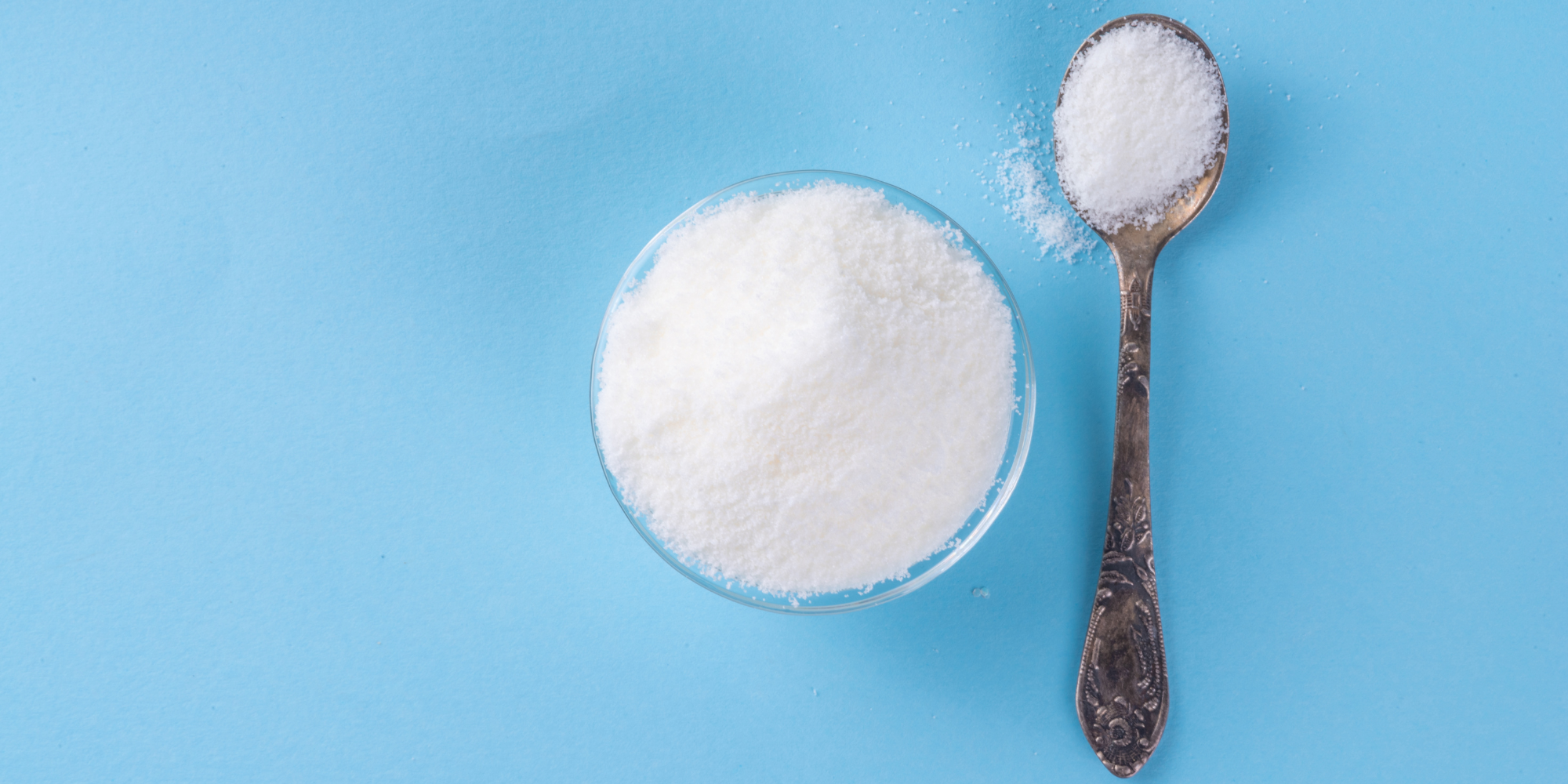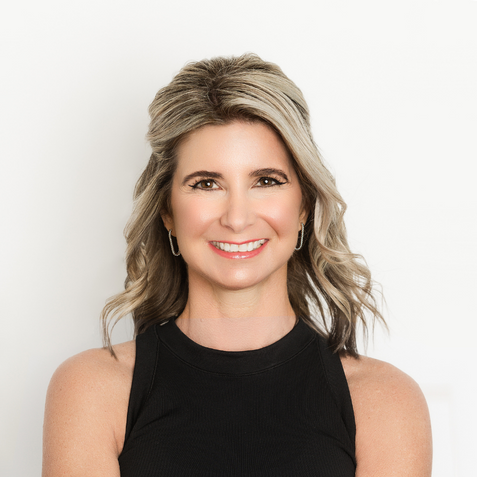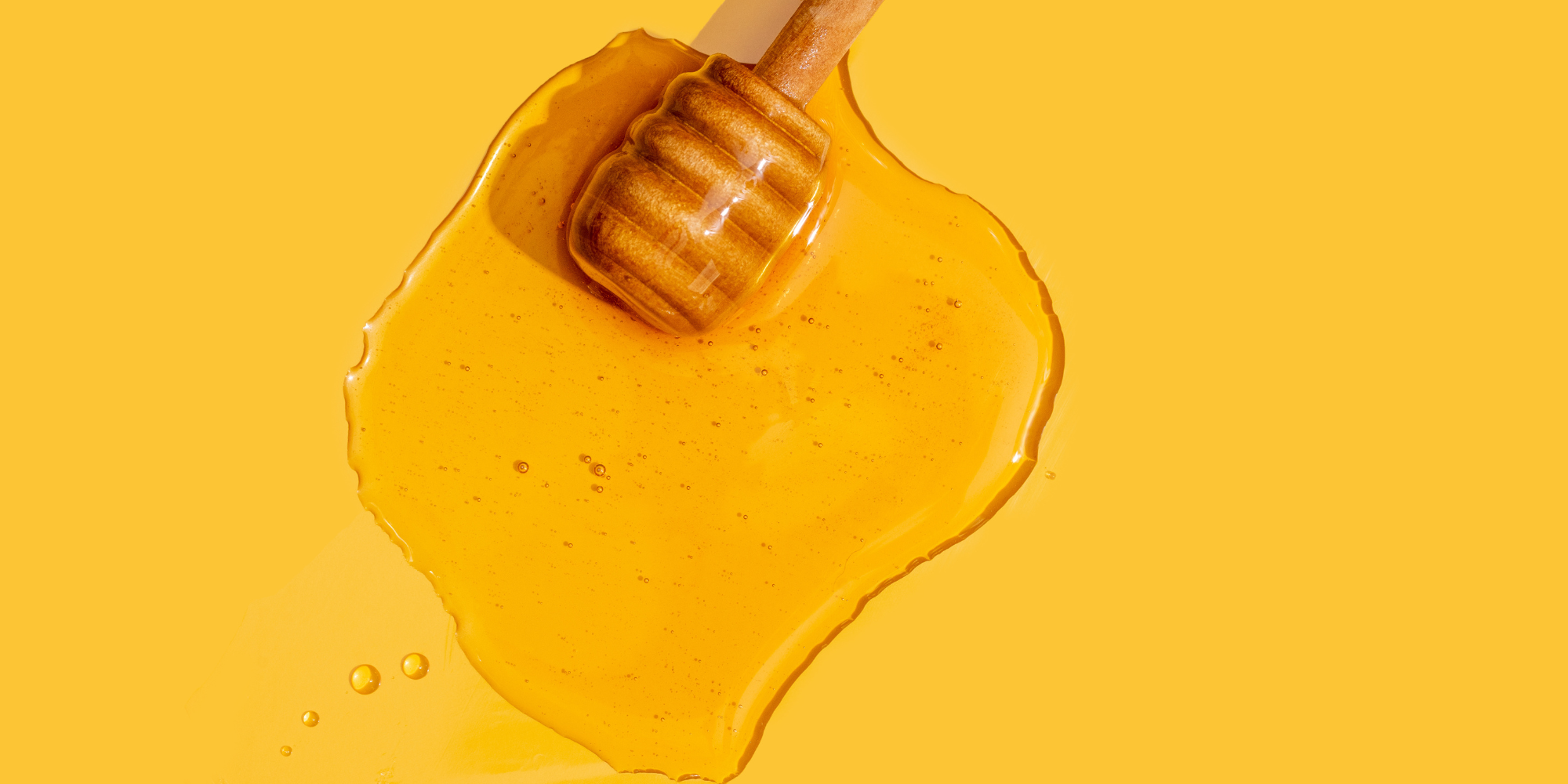Fulfilling our desire for sweetness without the added sugar is a high priority for food manufacturers. Food research labs continue to develop calorie-free sweeteners (also referred to as “non-nutritive sweeteners” or “sugar substitutes”) that are safe for our bodies, yet satisfy our sweet tooth.
The list of calorie-free sweeteners continues to grow and is filled with hard-to-pronounce words. The artificial sweetener lineup includes chemical additives like saccharin (Sweet’n Low®), acesulfame (Sweet One®), aspartame (Equal®), neotame (Newtame®), sucralose (Splenda®), and acesulfame potassium (Sweet One®). The natural lineup consists of heavily refined substances derived from plants or fruit, like stevia (Truvia®) and luo han guo (Monk Fruit in the Raw®).
Safety of Calorie-free Sweeteners
According to the National Cancer Institute and other health agencies, “there’s no sound scientific evidence that any of the artificial sweeteners approved for use in the United States cause cancer or other serious health problems.” However, calorie-free sweeteners, especially artificial sweeteners, have received a bad rap over the years. The controversy is mainly due to our uneasiness about putting anything perceived as a chemical or artificially manufactured substance into our bodies, as well as old studies linking saccharin to cancer in lab rats. More recently, there have been studies (mainly in mice) linking diet soda to metabolic syndrome and diabetes. There’s no question that more research is warranted to confirm the safety of calorie-free sweeteners.
From a regulatory standpoint, all calorie-free sweeteners in the U.S. food supply are FDA-approved and considered safe for human consumption under their conditions of intended use. So, what does “intended use” mean? This means to use in moderation. If you would like to use a calorie-free sweetener, try one or two packets stirred in your morning coffee, or sprinkled atop your oatmeal along with some fresh fruit.
Three Simple Tips for Safe Sweetening
Read the label.
Use the ingredient statement to identify calorie-free sweeteners. If you choose to consume them, Pritikin recommends sucralose (e.g. Splenda®) or stevia (e.g. Truvia®) because they have the best safety records.
Mix it up.
Research on the safety of calorie-free sweeteners is still inconclusive, so it’s logical to lower one’s overall health risk by not consuming too much of any single specific calorie-free sweetener.
Pick fruit.
The best choice for adding a touch of sweetness to food and drinks? Go natural, with fresh or frozen fruit! Fruit is naturally low calorie-dense, which means it’s going to fill you up without an overabundance of calories. It’s also packed with essential vitamins and minerals, phytonutrients, and fiber.
It’s important to note that calorie-free sweeteners may improve your adherence to a healthy eating plan, like the Pritikin Eating Plan. This is especially true if these sweeteners encourage healthier food choices and reduce your overall intake of foods with added, refined, and/or concentrated sugars.





